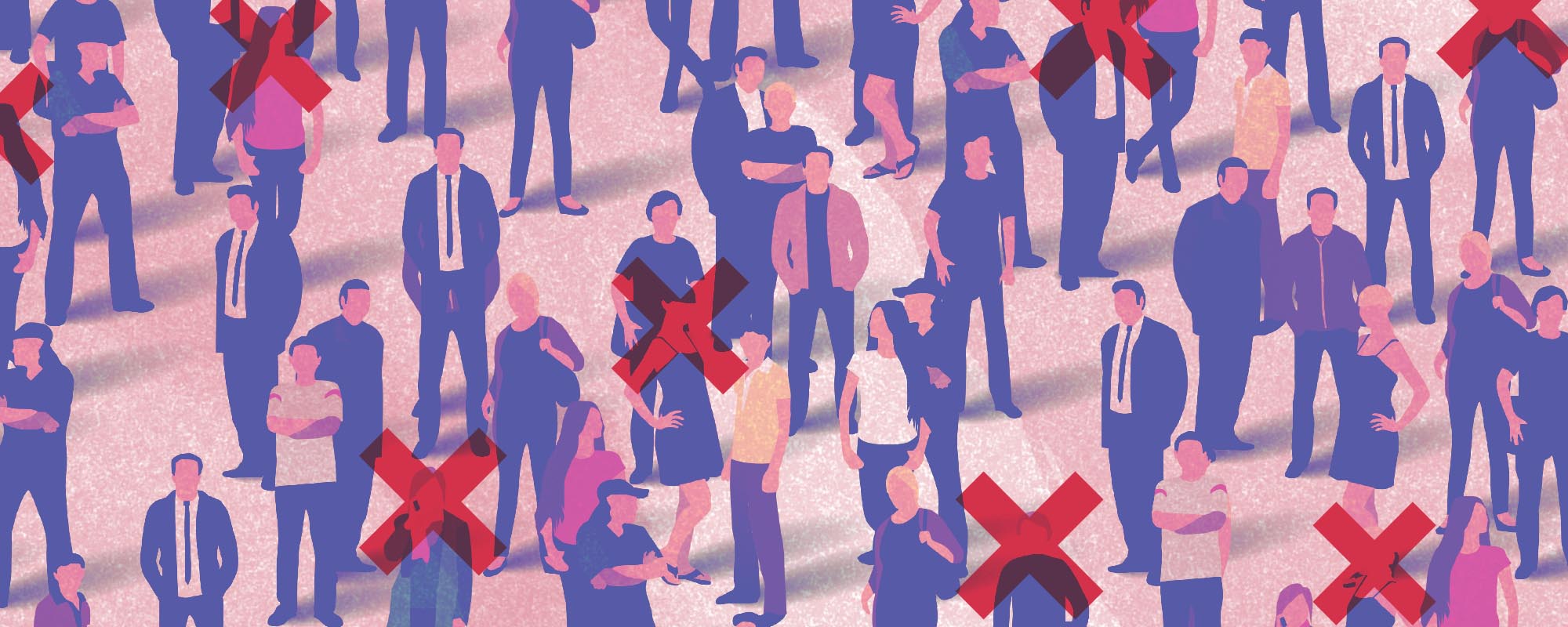Journalists find themselves increasingly interfered with or intimidated, facing violence and threats, surveillance, and prosecution. Prof. Marilyn Clark shows how these dangers are different for men and women.
Without the right to freedom of expression there can be no true democracy. Journalists enable public debate and inform on matters of public interest. Unfortunately, freedom of expression is under threat all around the world — even in Europe. For democracy to function, journalists must be free to examine the power structures of society without fear. While imprisonment of journalists in some countries shocks the world, governments are not the only actors trying to silence critical voices.
In 2017, I (Prof. Marilyn Clark, University of Malta) led a research project commissioned by the Information Society Department within the Council of Europe. The research identified the extent of interference with journalists in the 47 Council of Europe member states, and the associated fear and self-censorship. Over 900 journalists (mainly members of major journalists’ and freedom of expression organisations) participated in the study: 54% male and 46% female. They reported very high levels of interference. This affected journalists’ personal and professional lives. Some statistically significant differences emerged between male and female survey participants. Men were more likely than women to be threatened with force, intimidated by the police, and to experience physical assault. On the other hand, women were more likely to experience sexual harassment and/or violence. Female journalists reported online threats of sexual violence such as rape.
Gender is one of the most important categorising principles in the social world. In Europe and in Malta, women continue to act out their social life in a patriarchal context with unbalanced power relations. Journalism is no exception and is still a male dominated field. Despite more women studying journalism, female journalists continue to be underrepresented in positions of power, such as editors-in-chief. They are rare in management positions, and their careers tend to be shorter than those of male journalists (see Women’s Media Center’s 2019 study). Violence against journalists reflects the forms of violence women experience in society. Violence against women and gender-based violence are rife in the European Union, with a survey by the Fundamental Rights Agency in 2014 showing that 33% of women have experienced physical and/or sexual violence since the age of 15.
Men were more likely than women to be threatened with force, intimidated by the police, and to experience physical assault. On the other hand, women were more likely to experience sexual harassment and/or violence.
The International News Safety Institute ran a global survey on the intimidation of female journalists with 1,000 individuals. Nearly two-thirds of them reported experiencing some form of intimidation. Most interference took place at the workplace, by male employers and coworkers. Despite negative psychological effects, many women did not report this intimidation. The numbers reflect the low rates of reporting of violence against women.
Women are silenced more often than men. According to Newcastle University professor Karen Ross, who recently gave a talk in Malta, online abuse against men tends to sound like ‘You are a stupid idiot’, while women are often confronted with messages like ‘This is a photo of you leaving your house at 9 am. I will come to this house at 11 pm and rape you.’ Audience focus on and engage with male journalists’ opinions and ideas, but when it comes to discussing women’s work, endless online discussions can rage about authors’ physical attributes rather than what they write. Threats against female journalists may lead to self-censorship out of fear for retaliation (see Clark & Grech, 2017). Female voices risk remaining unheard. In 2016, the Council of Europe created recommendations to protect female journalists, highlighting gender differences in job-related risks.
I am currently leading a qualitative follow-up project to the 2017 Council of Europe study, aiming to better understand journalists’ personal experiences of interference. The study explores the gender dimension. In examining how journalists, both male and female, create meaning out of their experiences of intimidation, we hope to understand how they negotiate their professional risks. Journalists have a right to be safe, whichever gender they are, when they hold power to account. We hope to identify a number of remedies for countries to adopt for this to become a reality — Europe’s democracy is at stake.
Further reading:
Clark, M. & Grech, A. (2017) Journalists under Pressure: Unwarranted interference, fear and self censorship among journalists in Europe Strasbourg: Council of Europe
Women’s Media Center (2019). Retrieved 6th February 2020
International News Safety Institute (n.d). Retrieved 6th February 2020





Comments are closed for this article!